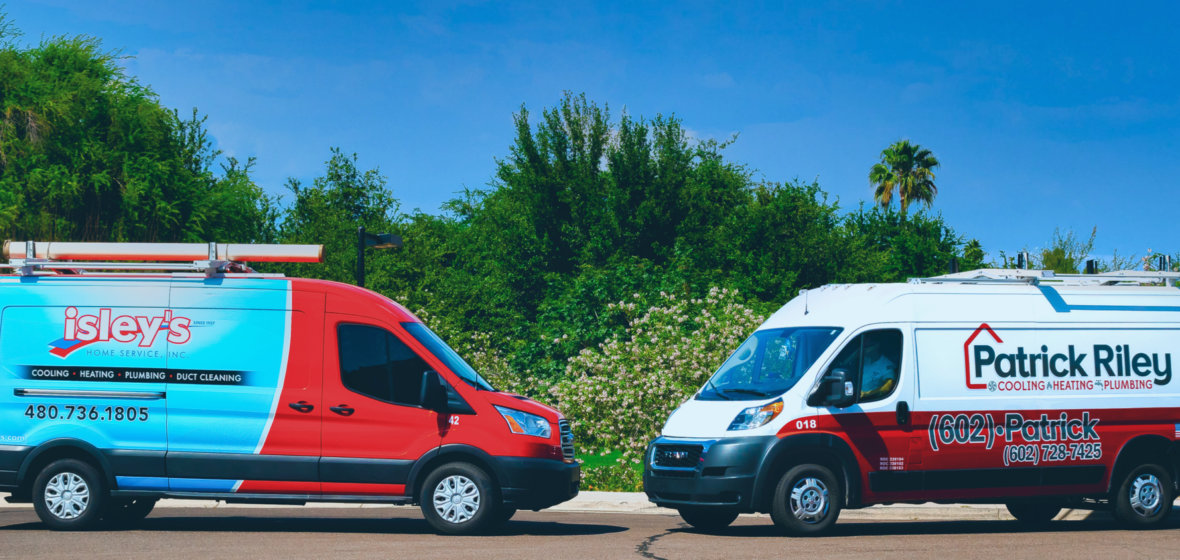AC Services near Phoenix
Quality AC Services —100% Satisfaction Guaranteed
Need AC services in Phoenix, AZ? Our team of highly-trained pros has got you covered. Unlike other companies, our AC service technicians will do their best to extend the life of your current cooling system, so you don't pay for a replacement unless you need it.
Polite, Professional Pros We will always treat you and your home with respect.
Upfront, honest pricing We provide a flat-rate price upfront, so there are no surprises.
4.7 star rating on Google… Just check out what our customers have to say!

Select the AC service you need:
Central AC Services
Ductless AC Services
Heat Pump Services
Maintenance Services
Don't see the AC service you need?
What Folks Are Sayin' About Patrick Riley | Isley's
Our Service Area in Arizona
We provide cooling repair and installation services in Glendale, Peoria, Scottsdale, Mesa, Gilbert, Tempe, Chandler, Carefree, Cave Creek, Avondale, Surprise, Sun City, Paradise Valley, Apache Junction, Queen Creek & Phoenix.
See full service area

